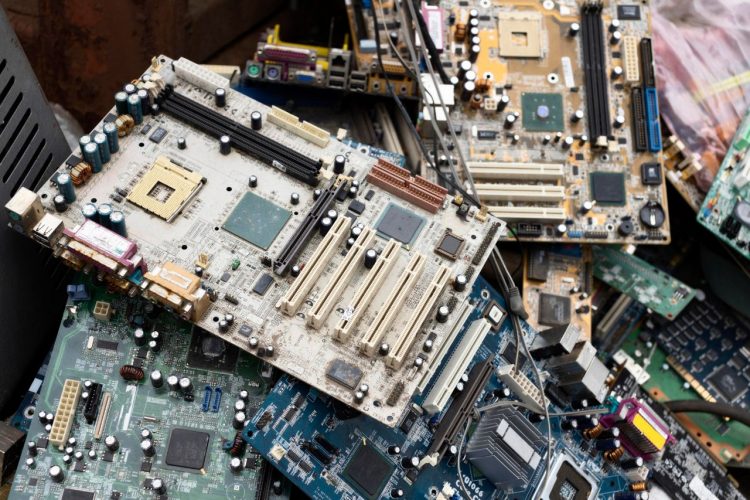E-waste is one of the world’s fastest-growing waste streams. It is also a source of valuable raw materials that can be recycled to create new products.
Recycling e-waste reduces pollution and saves raw materials. It can also help reduce energy consumption.
Reduces the Discharge of Hazardous Toxins
Electronic waste (EW) is an essential source of pollution because it contains toxic materials such as lead, mercury, and cadmium. These chemicals can enter the environment through landfills or get released into the groundwater if they are not properly recycled.
The discharge of hazardous toxins into the environment is detrimental to human health and the ecosystem as a whole. In addition, it can cause severe respiratory problems in people who inhale contaminated air.
Ewaste recycling helps reduce the discharge of hazardous toxins into the environment by removing them from the materials before they are put into landfills or incinerated. It also prevents them from being released into the soil, which could harm plants and other animals living in the ground.
Another benefit of e-waste recycling is that it creates jobs for people who work at recyclers and helps develop a secondary market for recyclable materials. In the United States alone, e-waste recycling created 757,000 jobs and $6.7 billion in tax revenues in one year.
Prevents the Degradation of Aquatic Ecosystems
The increasing use of technology in our lives has resulted in the generation of a large amount of e-waste. This waste comprises electrical devices such as TVs, laptops, smartphones and other appliances.
Unfortunately, e-waste is often disposed of in landfills, where toxins can leach into water bodies and kill fish and other aquatic organisms. These toxins include lead, copper, mercury, cadmium and other hazardous materials that can damage the environment.
However, Ewaste Recycling prevents these toxic substances from entering the environment. It is a process of dismantling electronic devices to remove any dangerous materials that can be destroyed or contaminate the environment when left in a landfill.
This is why most e-waste is recycled in informal workshops, which involve people using their hands to dismantle the devices and then burning or melting them to recover valuable materials. Reclaiming material from waste harms the health of the workers involved in it and can pollute the air, soil and water in the area.
Prevents the Excavation of Landfills
Ewaste recycling is a process in which used electronic equipment is repurposed into new products. This reduces the amount of mined raw materials, conserves natural resources, and minimizes environmental impacts.
Electronic devices such as computers, phones, light bulbs, and monitors are integrated into our daily lives but do not last forever. As a result, people tend to throw them away rather than recycle them.
The waste above is often called e-waste and comprises batteries, power cords, circuit boards, and other equipment components. It is also estimated that discarded electronics generate up to 50 million metric tons of waste annually.
Fortunately, many companies are making an effort to recycle their waste. These efforts include using innovative technology such as intelligent waste bins and eco-friendly e-waste management systems. This recycling method is good for the environment and can boost local communities economically.
Prevents the Release of Toxic Chemicals into Groundwater
The toxic chemicals in e-waste, such as lead and mercury, can seep into the groundwater around landfills, contaminating it and affecting land and sea animals. The effects are often deadly.
Especially in developing countries, the pollutants are a severe health hazard for pregnant women and children. Exposure during pregnancy and breastfeeding is even more detrimental for the fetus, as it can cause brain damage.
These toxins are also known to degrade the soil and harm its microorganisms. This can affect the growth of plants and vegetables, reducing food production and human well-being.
Ewaste recycling prevents these toxins from leaking into the soil and affecting plant growth. It also reduces the emissions of toxic gases, such as carbon dioxide, emitted by mining ores and their waste materials.









